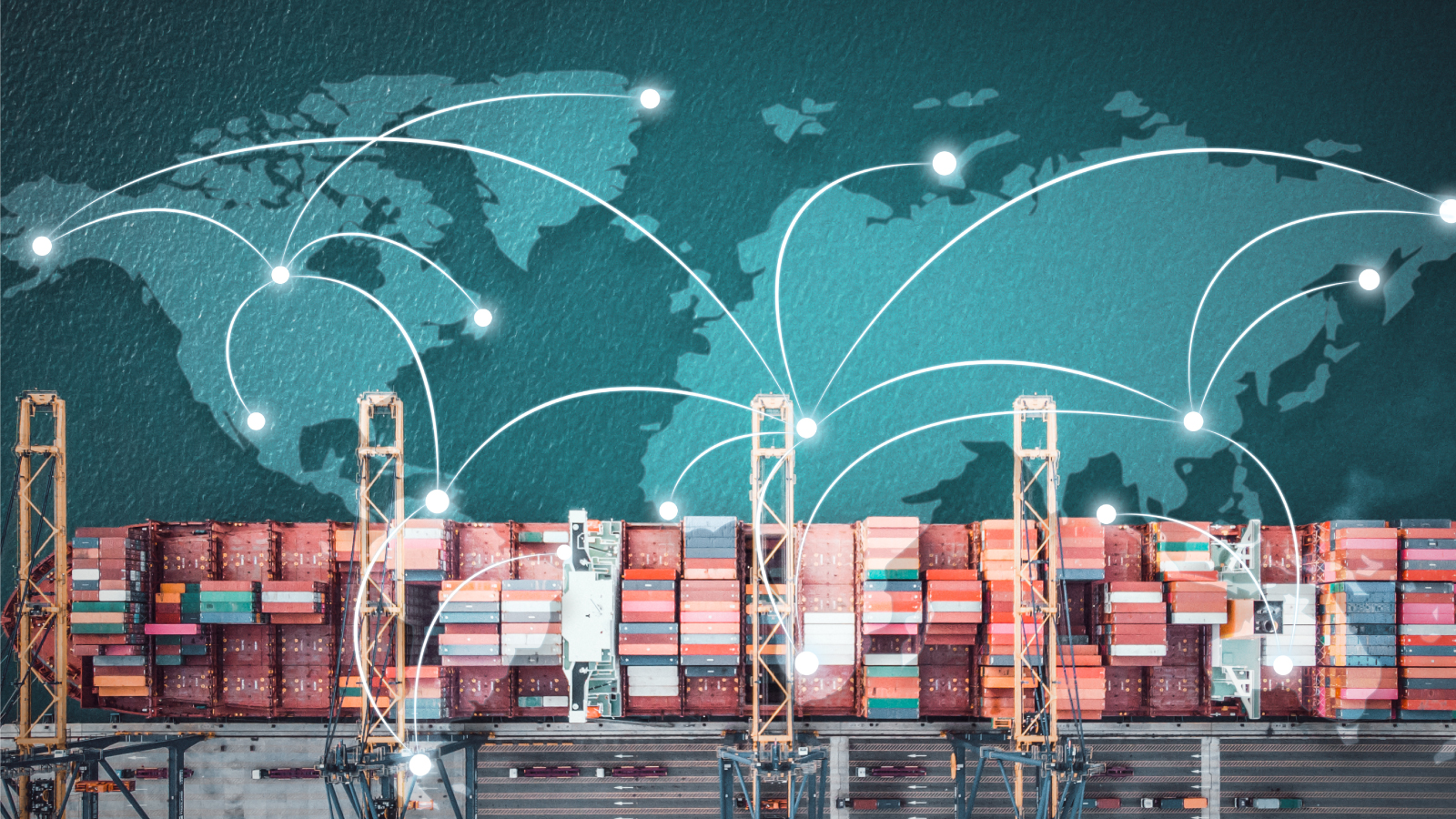The Role of AI in Logistics and Supply Chain Management

Humans are generally better than computers at tackling very complex problems. However, automation can save a significant amount of time for simpler, more repetitive tasks and produce more accurate results.
One of the best automation tools we have today is artificial intelligence (AI), which mimics human intelligence to complete tasks. This rapidly growing technology is becoming more intelligent and accessible every day.
The use of AI in the logistics industry is widespread, and it’s quickly becoming a requirement to stay competitive.
Here are just a few examples of artificial intelligence in logistics and supply chain management:
Risk management
Supply chain management has always involved inherent risk and uncertainty. To stay resilient in the face of that uncertainty, organizations need to plan for every scenario.
Between the pandemic, the Suez Canal blockage, global economic downturn, extreme weather, Brexit, and other factors, massive supply chain disruptions in the past two years have emphasized the importance of calculating and managing risk.
AI-based risk management tools can help organizations model different scenarios and plan more carefully. Predictive analytics tools, for example, examine historical data and apply statistical modeling to forecast factors such as:
- Freight volume
- Truck driver capacity
- Weather
- Supply and demand
- Warehousing space
- Inventory
Based on those forecasts, organizations can use simulation and optimization to plan in a cost-efficient manner. As circumstances change, AI makes it much easier and faster to reassess risk and make necessary adjustments.
Route optimization
Most transportation and logistics companies already use technology to optimize their shipping routes, but AI is making the route optimization process easier and more efficient by automatically incorporating real-time and historical data into the equation.
AI-powered route optimization software pulls in capacity information, traffic reports, weather reports, real-time location tracking, and other data to find the best possible routes. Some technology can even predict the most efficient time for drivers to start their route, stop for fuel, or take a lunch break.
The benefits of AI-powered route optimization include:
- Faster delivery – Freight needs to arrive on time to keep customers happy. Taking the best possible route according to real-time data enables timely delivery, thereby improving customer satisfaction.
- Less fuel waste – Some routes are more fuel-efficient than others. With optimized routes, drivers don’t have to stop for fuel as often — reducing fuel expenses.
- Fewer driver hours required – Especially with recent updates to hours of service (HOS) regulations, it’s essential to reduce unnecessary time on the road. AI-powered software can recalculate routes as conditions change to minimize drive time.
These benefits make route optimization one of the most critical applications of AI in transport logistics.
Freight bill processing
Freight billing errors can have an outsized impact on an organization’s reputation and bottom line. These mistakes are a significant source of lost revenue and operational inefficiency; in addition to causing overpayment, they take time to fix — time your team could be spending on other tasks.
However, hand-checking every freight bill is a more significant drain on resources, and still leaves room for human error. Luckily, machine learning offers a better way to process freight bills.
Machine learning is a specific branch of AI in which computers utilize algorithms to practice analyzing data, gradually improving accuracy over time. Some platforms use this technology to capture information from freight bills, review them for missing or incorrect information, and process them automatically.
Using machine learning to process freight bills can make back office operations far more efficient, free up team members for other tasks, improve accuracy rates, and reduce days sales outstanding (DSO).
Of course, there are still situations where human intelligence is required to solve billing issues. That’s why using a hybrid approach — where some data fields are analyzed via AI, while other, more complex areas are analyzed manually — is recommended.
Conclusion
Like many other industries, organizations in logistics, transport, and supply chain management are using artificial intelligence tools to transform the way they do business.
Risk management optimization, route optimization, and freight bill processing are just a few examples of processes that benefit from the power of automation and AI. As this technology develops and becomes more accessible, we’ll almost certainly see exciting new applications emerge.
Connect with Us
Optimize your freight billing processes with the power of artificial intelligence.
How Can We Help You?
Get in touch to learn how we can support your success.
Get Started
